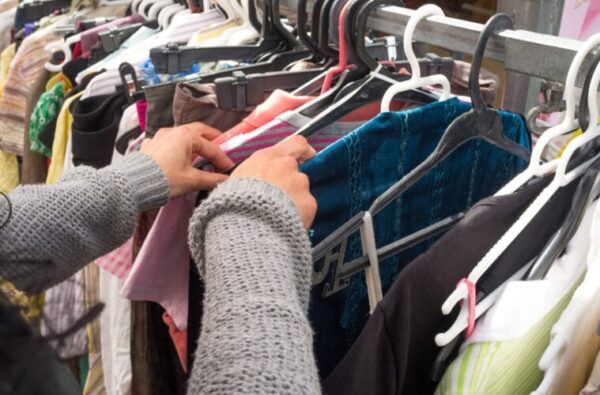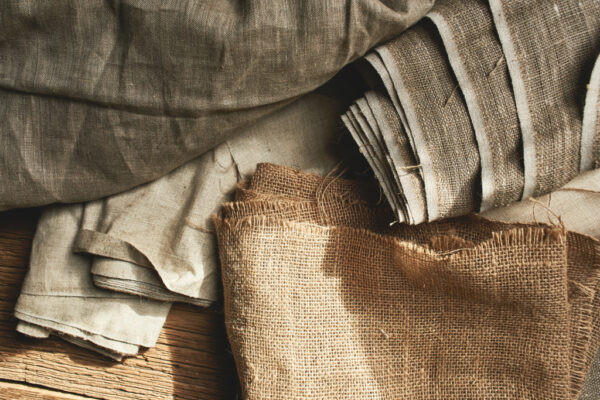Sustainable Fashion: Dressing with Purpose
Sustainable Fashion: Dressing with Purpose

Fast fashion’s impact on the environment and society is undeniable, from overflowing landfills to unethical labor practices.
Sustainable fashion offers a way to make more mindful choices about what we wear, reducing waste and promoting ethical practices.
By rethinking your wardrobe habits, you can help protect the planet without sacrificing style.
10 Practical Tips for Dressing Sustainably
Buy Less, Choose Well
Focus on quality over quantity.
Invest in timeless, versatile pieces that are durable and made to last rather than following fleeting trends.

Support Australian Ethical Brands
Opt for local brands that prioritize sustainable practices and ethical production.
Some great Australian options include:
Nobody Denim – Sustainable jeans made ethically in Melbourne.
Wilderness Wear – Shining a light on what it means to blend style with conscience in the pursuit of sustainable outdoor gear.
Merino Country – Brings high-quality merino wool products directly from former sheep farmer, making t-shirts, thermals, and everything in between.
DK Active – Committed to ethical manufacturing and the use of sustainable textiles.

Shop Second-Hand
Thrift stores, consignment shops, and online platforms like Marketplace & Gumtree are treasure troves for unique, affordable, and eco-friendly finds.

Organize Clothing Swaps
Host a clothing swap event with friends or your community to refresh your wardrobe without buying anything new.

Embrace the Capsule Wardrobe
Create a minimalist wardrobe with a small number of high-quality, interchangeable items.
This approach reduces waste and simplifies your style.

Choose Natural and Sustainable Fabrics
Opt for fabrics like organic cotton, hemp, linen, Tencel, or recycled materials.
These are less harmful to the environment compared to synthetic fabrics like polyester.

Wash Clothes Responsibly
Use cold water, eco-friendly detergents, and air-dry whenever possible.
Washing synthetic fabrics less frequently can also minimize microplastic pollution.

Repair and Upcycle
Instead of discarding damaged clothing, repair them or upcycle the fabric into something new.
Many local tailors or DIY tutorials can help extend the life of your clothes.

Rent for Special Occasions
For weddings, parties, or other one-off events, consider renting outfits instead of buying something you’ll rarely wear.

Donate or Recycle
When you no longer need an item, donate it to a thrift store or recycle it through textile recycling programs to ensure it doesn’t end up in a landfill.

By making intentional choices about what you wear and how you care for your clothes, you can significantly reduce the environmental footprint of your wardrobe.
Sustainable fashion isn’t just about clothing; it’s about fostering a culture of respect for people and the planet.
